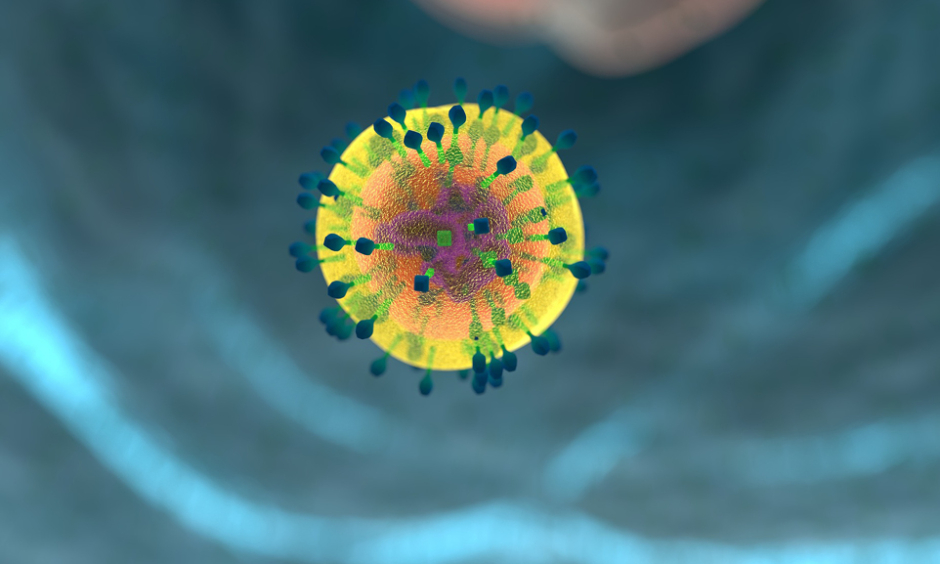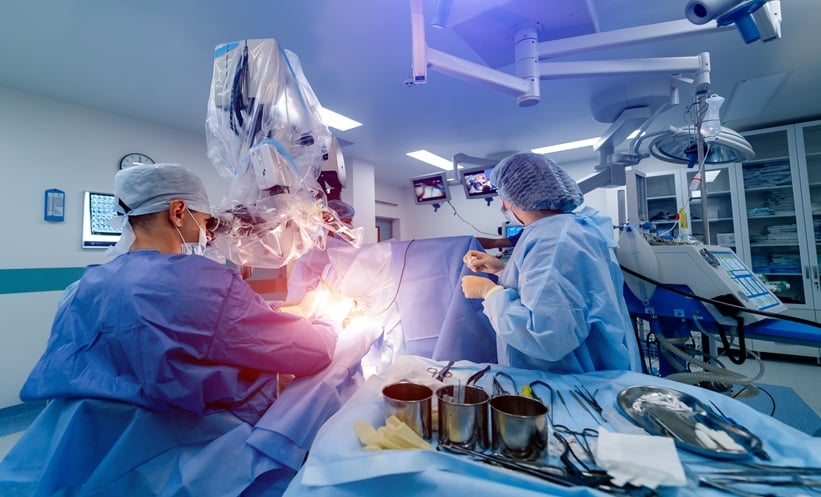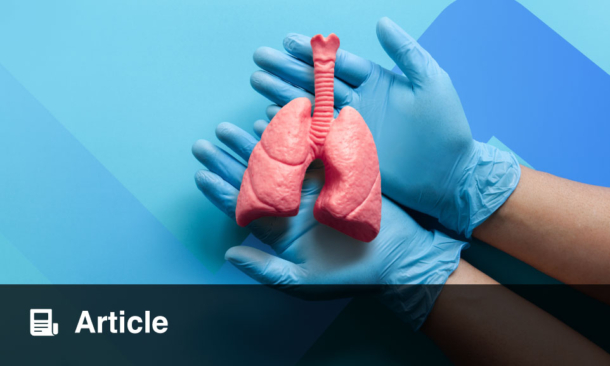A NOVEL cancer treatment could be a step closer to being made available for patients following the results of a study that showed that altering a powerful immune-signalling chemical and its receptor on immune cells eased the side effects of the therapy.
Boosting IL-2 Levels
Researchers from Stanford University, California, USA, were able to develop a method of boosting IL-2 levels after adoptive cell transfer therapy that does not have the side effects caused by intravenous IL-2 administrations. In adoptive cell transfer, during which killer T cells are modified and returned to the patient’s circulatory system where they can destroy tumours efficiently and selectively, the modified T cells require frequent boosts of IL-2 to survive. Using intravenous IL-2 administrations has lead to severe side effects, such as pulmonary oedema.
Alterations
Engineering an altered version of one of IL-2’s constituent subunits prevented a receptor containing this subunit from binding to IL-2; additionally, the team generated a slightly tweaked IL-2 molecule that couldn’t bind to its normal receptor. Snapping the modified receptors onto mice T cells, it was shown that these T cells responded to modified IL-2 the same as would occur naturally. However, T cells that were unaltered did not respond to the modified IL-2 at all.
Mouse Model
In a mouse model, the team compared the use of adoptive cell therapy followed by frequent IL-2 infusions with the therapy preceded by the new method. While adoptive cell therapy was effective both times, IL-2 infusions caused a number of nasty side effects. This compared to no side effects when the T cells were bioengineered and outfitted with the modified receptors.
Revolutionary New Approach
“Adoptive cell therapy is on the cusp of becoming a revolutionary new approach to cancer treatment,” explained Prof Christopher Garcia, Stanford University. “It’s undergoing explosive growth: it’s a multibillion-dollar biotechnology industry already, and it’s going to become as routine as bone marrow transplants are now. But all of the approaches in development today need IL-2, so new and better ways of delivering IL-2 are a critical unmet need. Our approach is also applicable to other important immune substances and cell types.”
James Coker, Reporter
For the source and further information about the study, click here.








